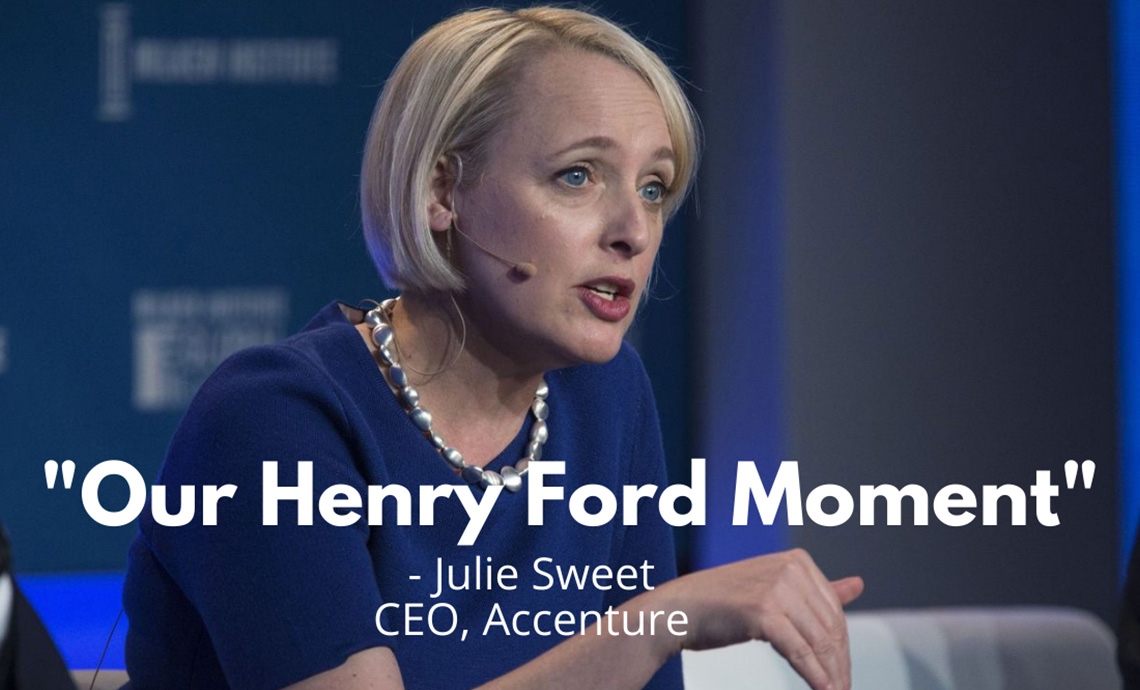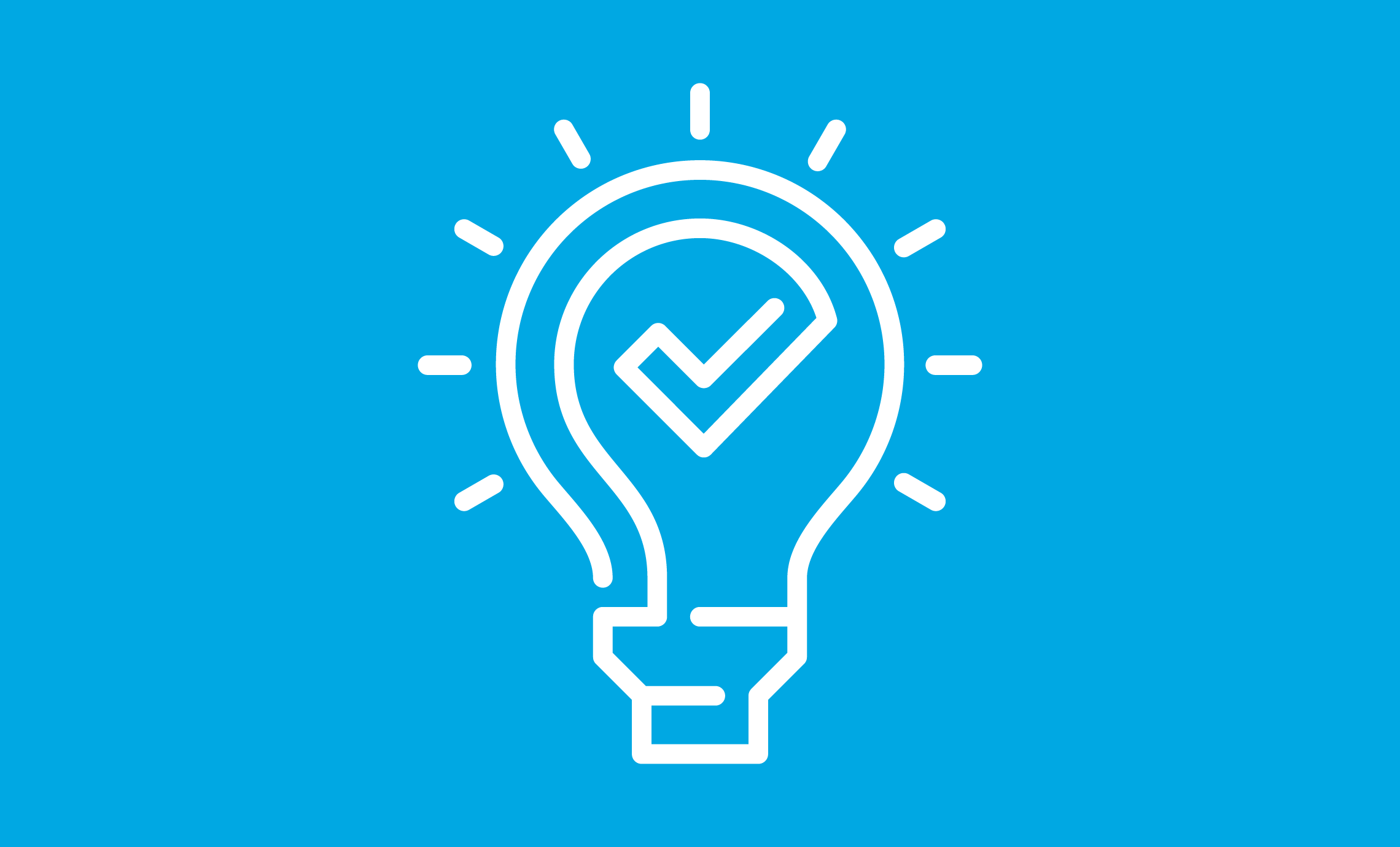Creating a data governance strategy used to be a standard process, but evolving technology and agile methodology have enabled new and different approaches. Before you begin defining your data governance needs, consider your organization’s culture, timeline, and budget and whether an agile or traditional methodology would suit your needs best. The good news is, regardless of which path you choose, it’s easier than ever to create a strategy that’s both affordable and easy to adopt.
What is data governance?
Let’s first define this broad-reaching topic by borrowing from TechTarget:
“Data governance is the overall management of the availability, usability, integrity and security of data used in an enterprise.”
A solid data governance plan includes (but isn’t limited to) process definition and documentation to address the following questions:
- Who has access to your data?
- What do terms mean? (i.e. what is the true definition of a member in your organization?)
- Where can users find answers to their questions?
- How should an organization collect, use, and communicate data?
- Which permissions and responsibilities do users have?
Not all aspects of data governance matter equally to every organization, so the creation and implementation of a data governance strategy can and should be tailored to fit specific needs.
Why is data governance important?
Knowing your members’ interests, how they engage with you, and other relevant information will help you best serve them. These details are contained within your data, which makes it arguably one of the most valuable things an organization possesses. But, to be useful, data must be managed in a coherent and consistent way.
Without setting clear parameters, any user could access and modify your data. “Membership” may have five different definitions depending on who you speak with, and as a result, executives could end up with five conflicting reports on a basic metric. Data governance is an increasingly essential component to data success because it creates organization-wide consistency in managing, interacting with, and naming data.
Agile data governance vs. traditional data governance
Agile and traditional data governance address the same issues, but the approaches are entirely different. Below is a table that outlines the key differences.
|
|
Agile |
Traditional |
|
Philosophy |
Creating a data governance strategy is designed to be a repeatable process rather than a linear project.
|
Creating a data governance strategy is a predefined project with a start and end date. It’s designed to be fully comprehensive by addressing every data governance need at once.
|
|
Approach |
Engage stakeholders across the organization in a participatory, transparent process oriented to unlocking data value. |
Engage management in identifying areas of risk and creating processes that protect and secure organizational data.
|
|
Process |
Identify the highest value items using agile sprint methodology.* After each sprint is complete, iterate and repeat the process with the next high-value items.
|
Evaluate an entire organization’s needs and discuss requirements with key stakeholders at the onset of a project.
|
|
Deliverable |
Organizations receive documentation of the sprint results, along with a communication strategy for releasing the information and incorporating it into the organization’s standard operating procedures.
|
Organizations receive very detailed documentation that encompasses their entire data governance plan for every department and process. |
|
Timeline |
1-2 weeks per sprint |
9-12 months on average
|
|
Cost |
$ Agile data governance pricing is flexible depending on the number of sprints. |
$$$ A traditional strategy is comprehensive and requires a finite financial commitment. |
*Borrowing again from TechTarget,
“A sprint is a set period of time during which specific work has to be completed and made ready for review. Each sprint begins with a planning meeting. During the meeting, the product owner (the person requesting the work) and the development team agree upon exactly what work will be accomplished during the sprint. The development team has the final say when it comes to determining how much work can realistically be accomplished during the sprint, and the product owner has the final say on what criteria need to be met for the work to be approved and accepted.”
Which data governance model fits my organization best?
Agile and traditional data governance take different approaches, and whichever you choose depends primarily on your timeline, budget, and organizational preferences for how the data governance plan should be delivered and implemented.
The communication and implementation of data governance plans can look drastically different. For example, larger organizations with more hierarchical structures often rely on traditional data governance because it’s a better cultural fit, whereas small- to medium-sized organizations with collaborative cultures may prefer agile methodology. In these cases, the communication strategy can embody many channels, such as becoming part of training materials, being incorporated into new-hire orientation, or being published on a poster next to the coffee machine.
In short, both approaches would require careful consideration at the onset of your initiative. Take time before getting started to prioritize your objectives for the data governance plan, figure out your budget and resourcing needs, and identify which model will fit best into your existing culture.


